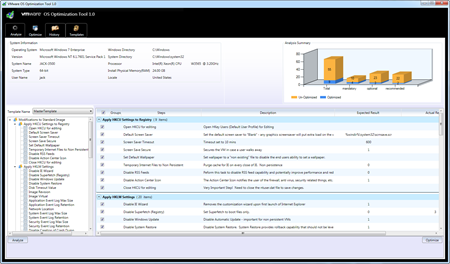VMware announces Horizon View 6 taking on Citrix XenApp with RDS Hosted Apps
VMware has announced the latest version of their End User Computing product Horizon View.
There have been 5 major changes to Horizon View:
- RDS Hosted Apps
- Application Catalog Enhancements
- Cloud Pod Architecture
- Virtual SAN Support
- vCOPS for View 6
RDS Hosted Apps
RDS Hosted apps will allow Horizon View clients to access applications and full desktops running on Windows Remote Desktop Services Hosts. This is big news as it gives VMware a competing product to Citrix XenApp.
For people who know about VDI, what is the difference? Well, VDI delivers an entire desktop to a particular user. This desktop is a whole virtual machine with an OS and applications. RDS (Remote Desktop Services) means using the capabilities of Microsoft RDS (previously Terminal Services) to allow multiple users to connect to a single OS but have separate private desktop instances and applications (the server doesn’t even have to be virtual but you’d be daft not to). With RDS you can display a full desktop but can also display just an application seamlessly without all the desktop stuff around it. You don’t need as many OS instances which means better resource utilisation as well as fewer Microsoft licenses.





Recent Comments